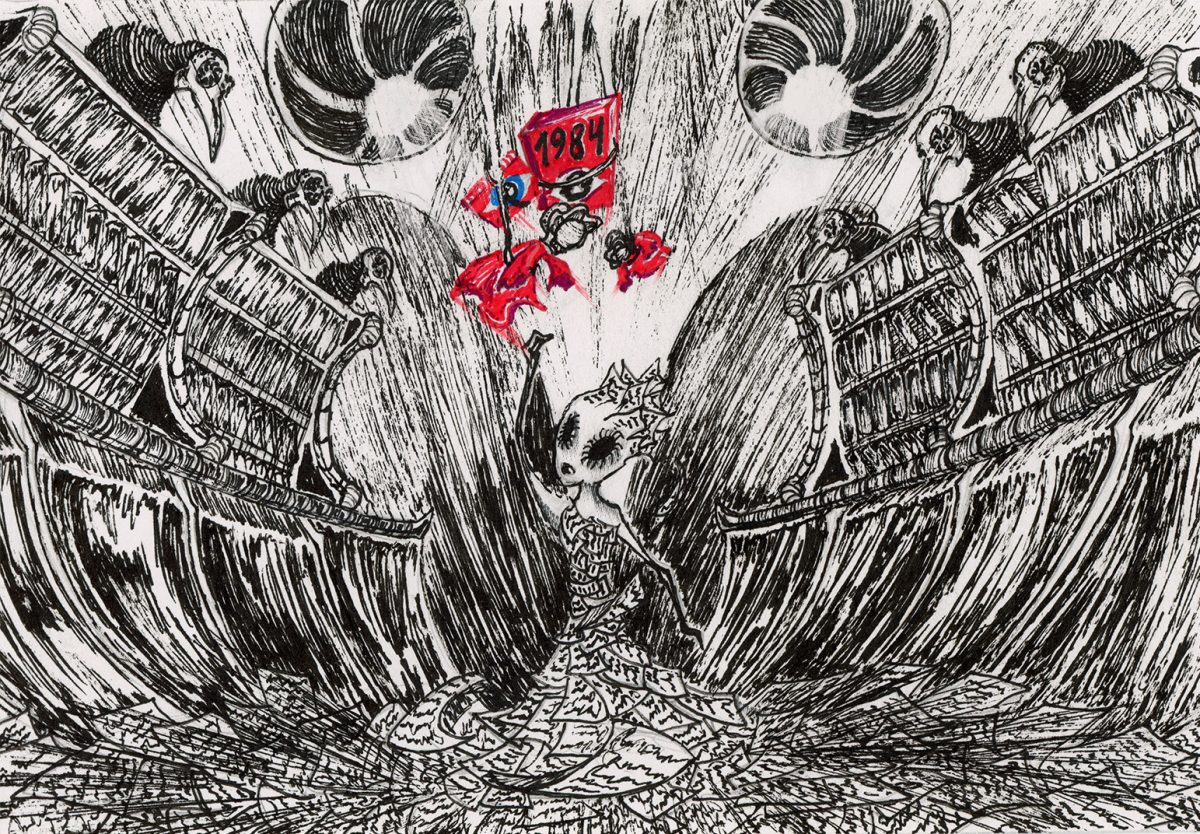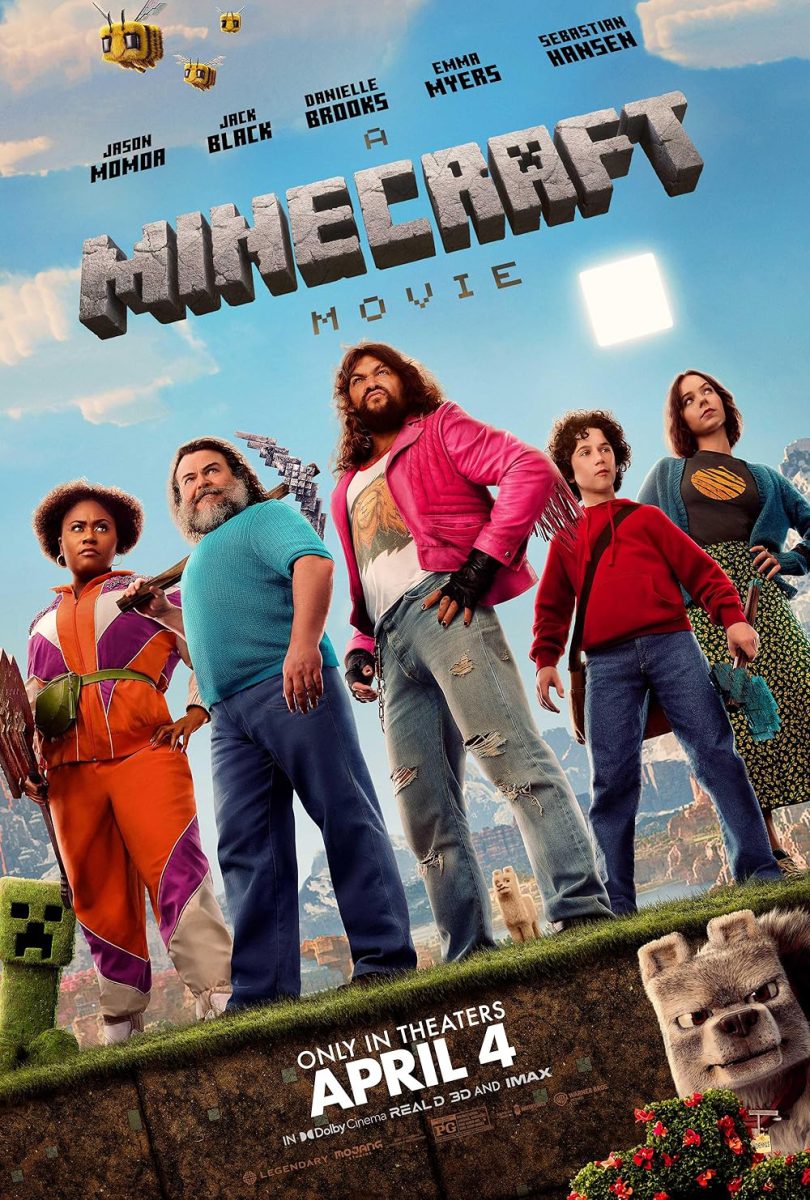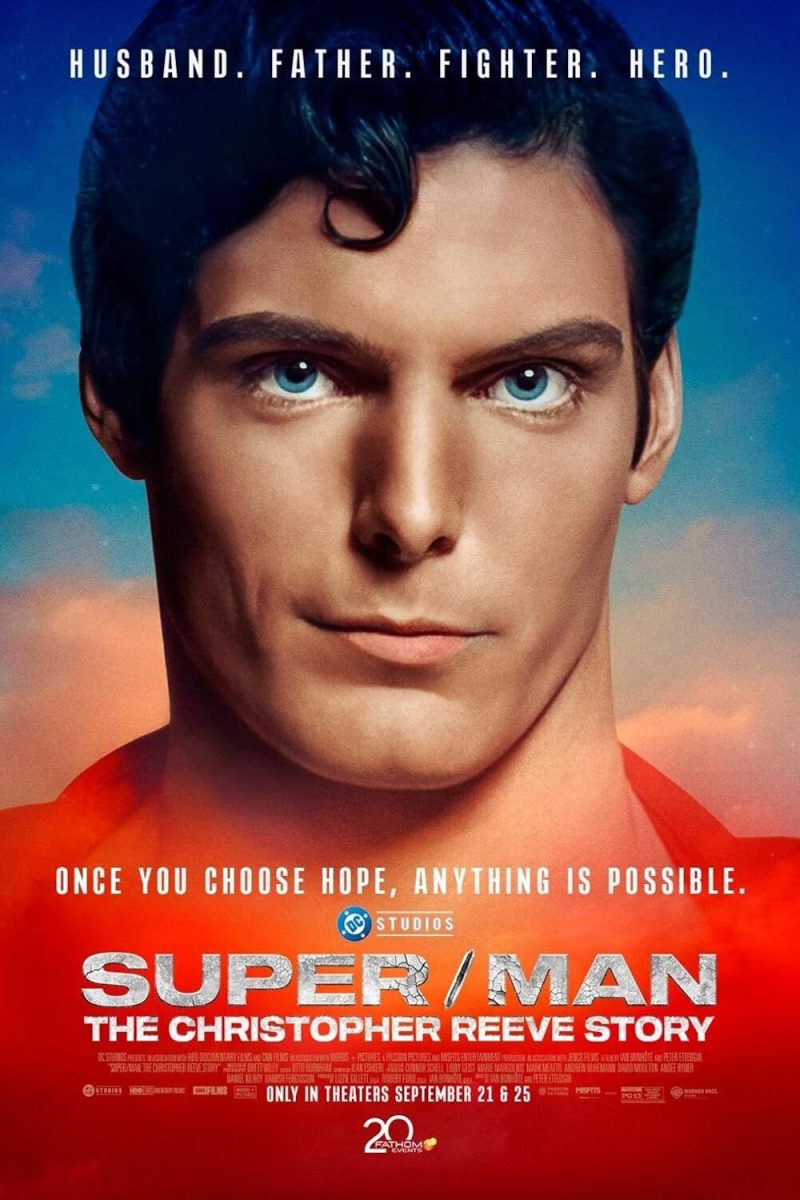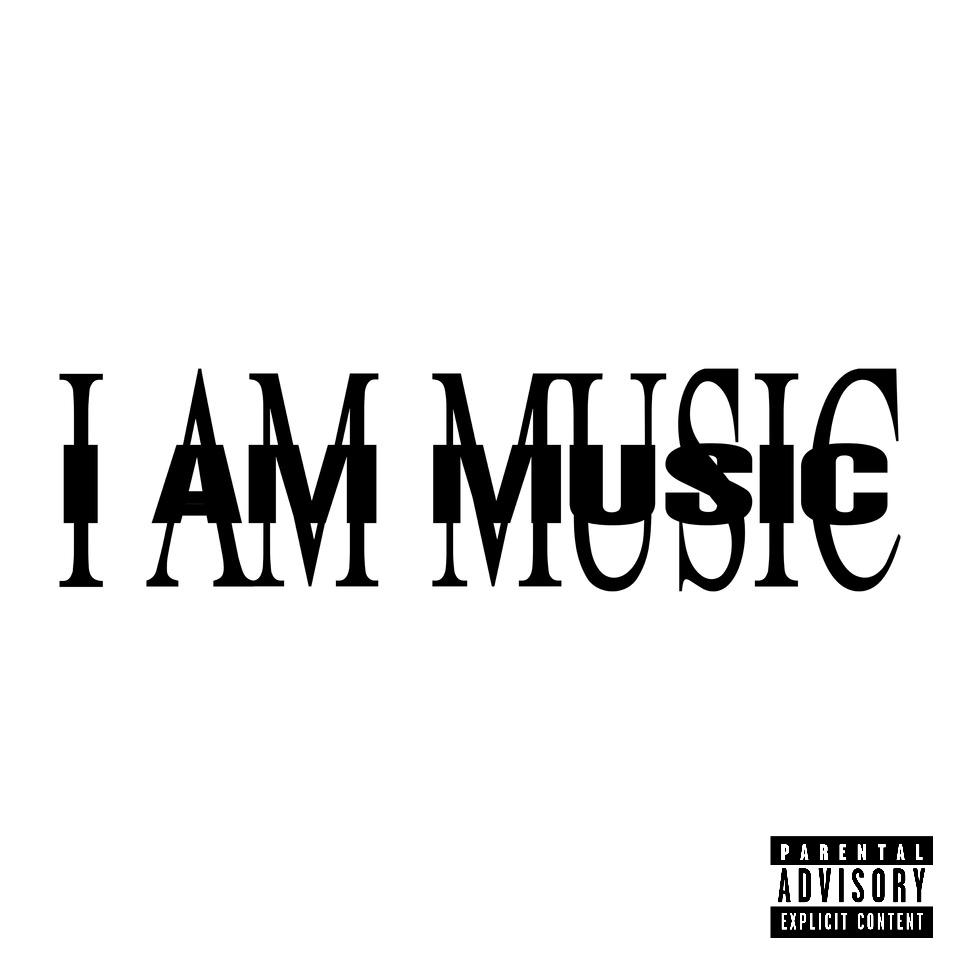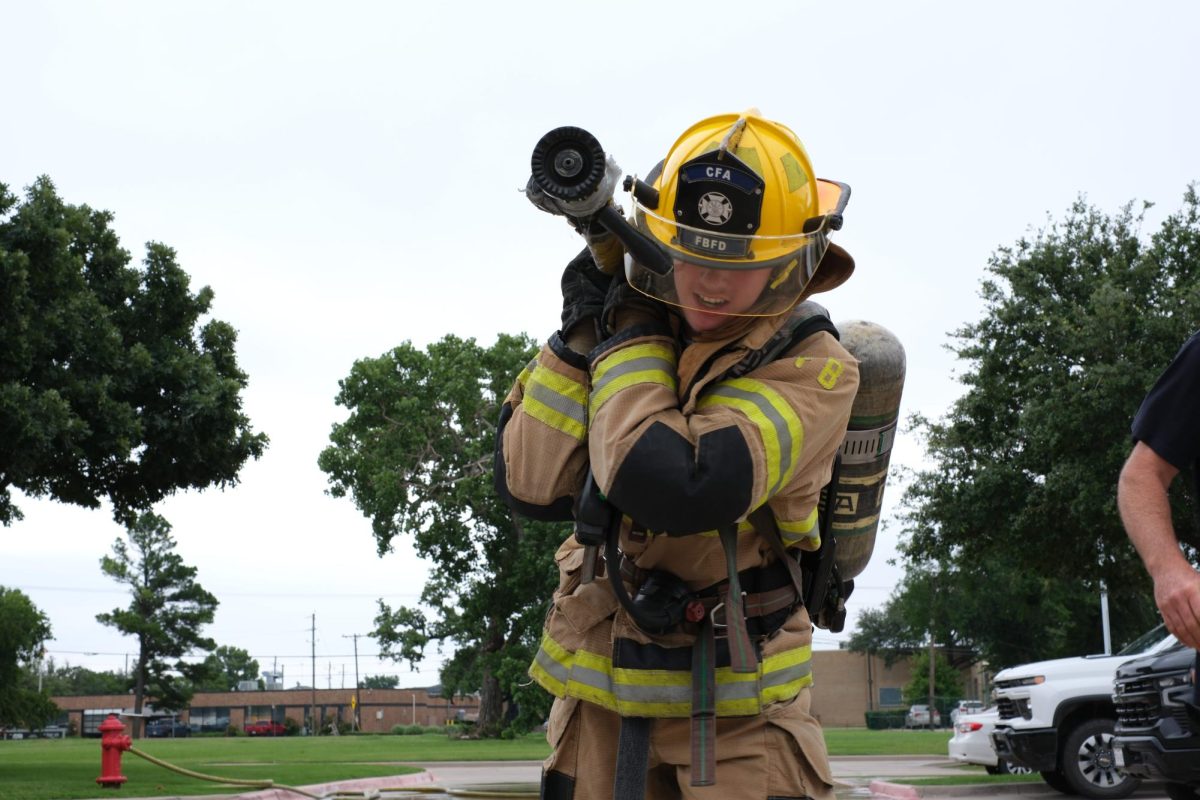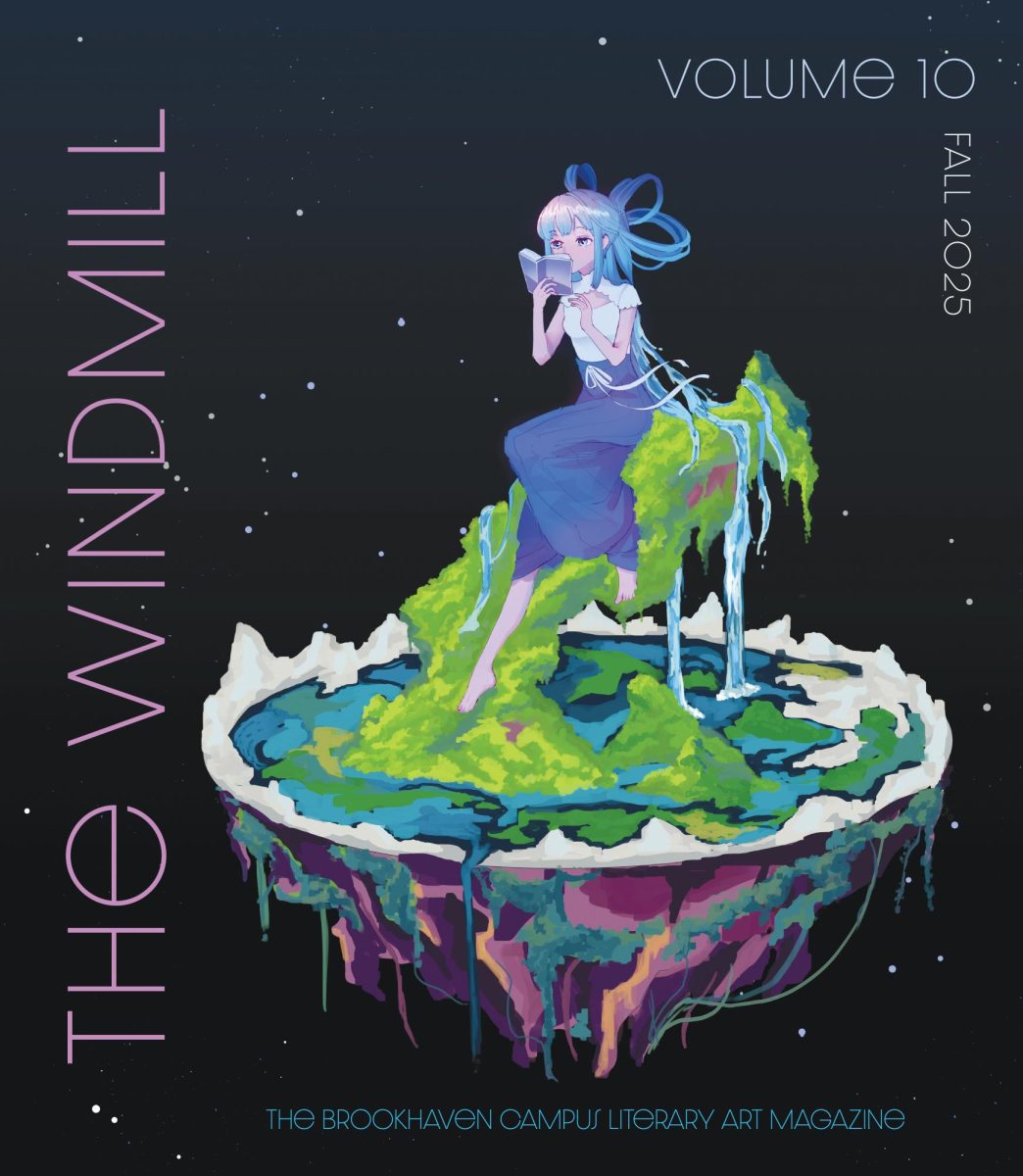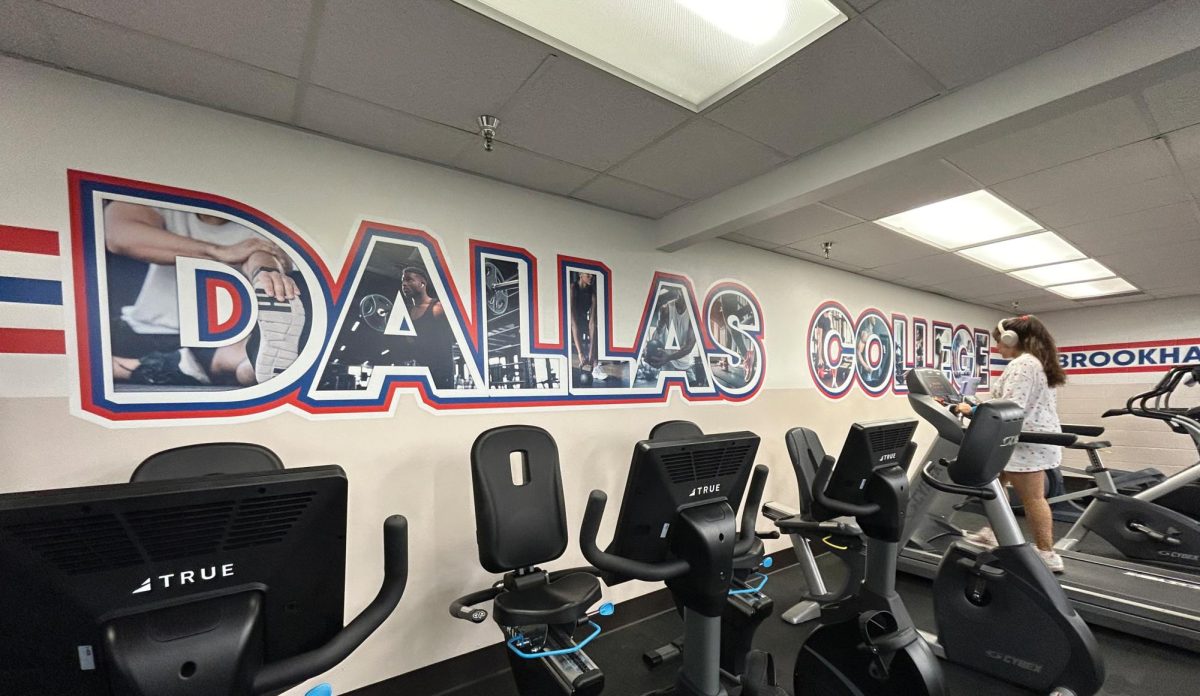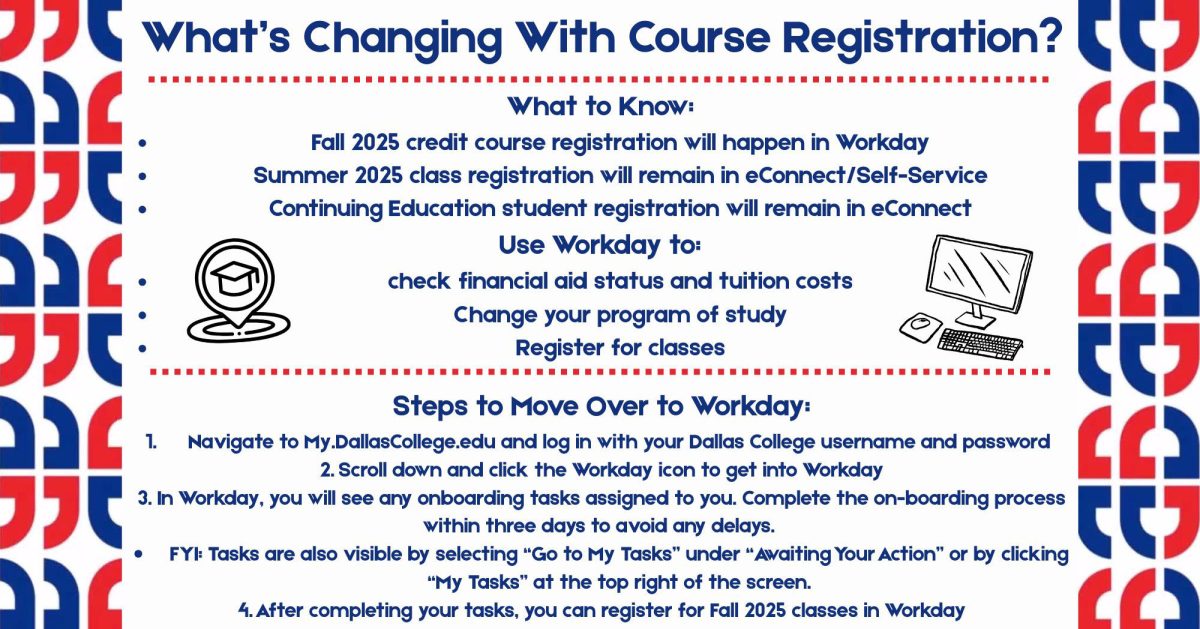By Jubenal Aguilar
Copy Desk Chief
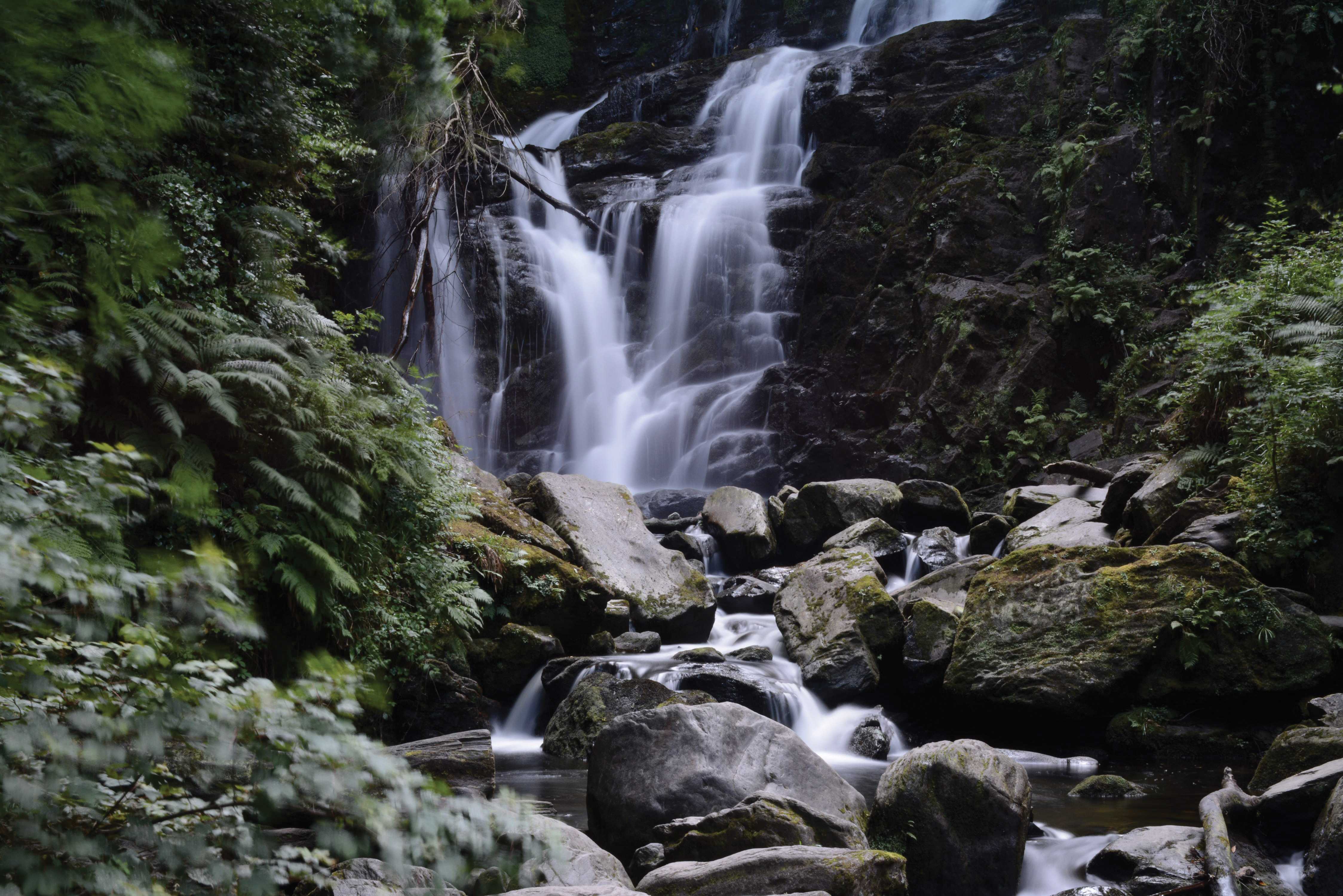
Gushing water of the Torc Waterfall in Killarney National Park in County Kerry, Ireland. The 70-80 foot high waterfall, at the base of Torc Mountain, is a major tourist attraction along the 179 km Ring of Kerry.
As part of Brookhaven’s study abroad program, one student shares his experiences traveling through the south of Ireland.
Hungry, tired, sweaty, hot. Riding a rental bike one size too big, I pushed south on the N71, an Irish national secondary road that cuts through Killarney National Park. I was on a mission. Nothing would stop me: not even fear of the speeding cars zooming mere feet from me.
There was no turning back. I had left Killarney, and ahead was a narrow, winding road through a dark forest. Turning around was impossible. There were moving cars on the two-lane road. Stopping on the side of the road was impractical. There were trees along an often steep hill off the road.
I had no choice. I had to keep going forward. Pedaling was the safest option. I wanted to give up and return to town. Fear and despair took over. I thought: “Is this my end? Is this how I go out? Far away from home, from my family, in a strange land?” No.
Did I want to cry? Yes, but tears would only blind my view and keep me from my quest. I made the sign of the cross and entrusted myself to God’s will for the first time in a long time. It felt like the right thing to do. Remembering my goal, I drew upon the last of my willpower, courage and energy, and pressed forward to Torc Waterfall. An implied promise of a spectacular image kept me going. But how did I get there?
Over the summer, a group of nine current and former Brookhaven College students, friends and one faculty member traveled to Ireland for a two-week adventure exploring the Emerald Isle.
The trip was part of Brookhaven’s social science division study abroad program. Violet Sparks, retired anthropology and archaeology adjunct faculty member, was the trip sponsor. The trip was planned in conjunction with Texas Study Abroad, a travel company that “specializes in providing the most affordable university and college study abroad programs,” according to texasstudyabroad.com.
Two groups from Oklahoma joined the Brookhaven group in Dublin, and together we explored the land of saints and scholars. We visited historically significant sites and trekked across cliffs. We immersed ourselves in everything Irish culture had to offer, from modern cities to its many protected ancient castles.
According to Allan E. Goodman, president and chief executive of the Institute of International Education, and Stacie Nevadomski Berdan, an international careers expert, students who want to work in this globalized world should study abroad.
“Making study abroad a part of their education is the most effective and accessible means for students to develop needed skills because it pushes a student to get out of [their] comfort zone to experience another culture, language, environment and education system,” according to a New York Times article by Goodman and Berdan.
Christian Alyea, program director for Oklahoma and Texas Study Abroad, said traveling is important because people can see how others live. “It brings people together,” he said. “It breaks down cultural barriers and you realize that no matter where people are from, everyone has kind of the same essential needs and wants.”
Studying abroad, whether for a couple of weeks or a full semester, teaches students to open their minds. We’re inclined to develop stereotypes about other people and many times do not have an outlet to break them. Traveling to another country and seeing how others live is the best, and possibly the easiest, way to tear down cultural barriers.
Sparks said studying abroad is not necessarily better than classroom instruction, but because it’s interactive, it stays with students all their lives.
Seeking a new challenge and exploring the world beyond the few places I know were two of the things that drew me to the program. As a photography student, I saw a oncein- a-lifetime opportunity to explore a foreign land.
Alyea said that he wanted travelers to gain independence and be moved from their comfort zone. I was pushed outside of mine on several occasions – from walking hundreds of feet above the ocean along the cliffs of Howth to going into the cold, damp Dunmore Cave.
Accidentally getting lost in Dublin and not returning to the hostel until late at night was a freeing experience that raised my self-confidence. These experiences were not only liberating, they were also educational.
I carried my camera everywhere I went and took any opportunity I saw to practice photography techniques I had only read about before. Recording light trails across O’Connell Bridge with no special gear was a highlight of self-exploration, as were the long exposure shots of the roaring River Corrib in Galway.
Six long kilometers later I had reached the base of Torc Mountain. After recovering my wits, I followed the river upstream until I reached my destination.
There it was – Torc Waterfall. It was not as grand as I had hoped, but it meant something to me. I had overcome obstacles to get there. The view was amazing, but not unbelievably breathtaking. I was not disappointed. The promised spectacular image was there. All I had to do was take it.



